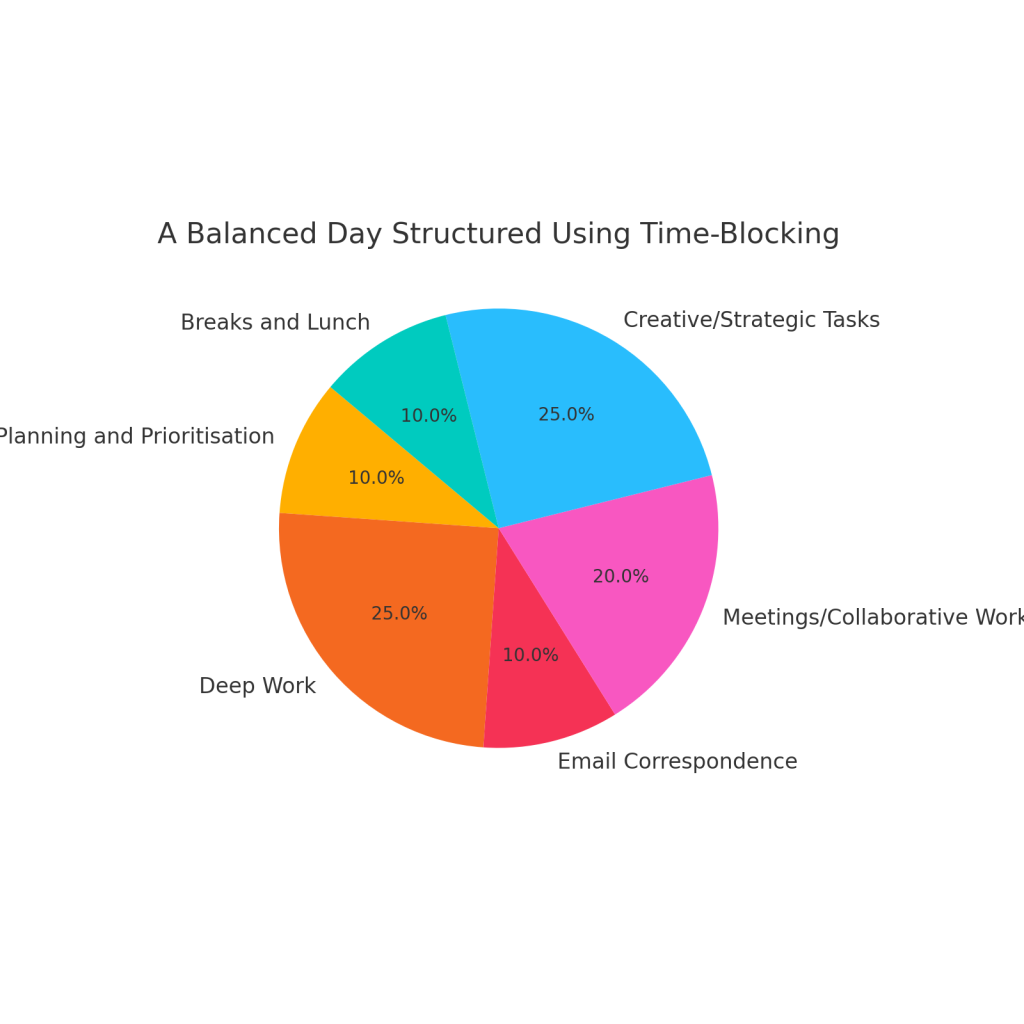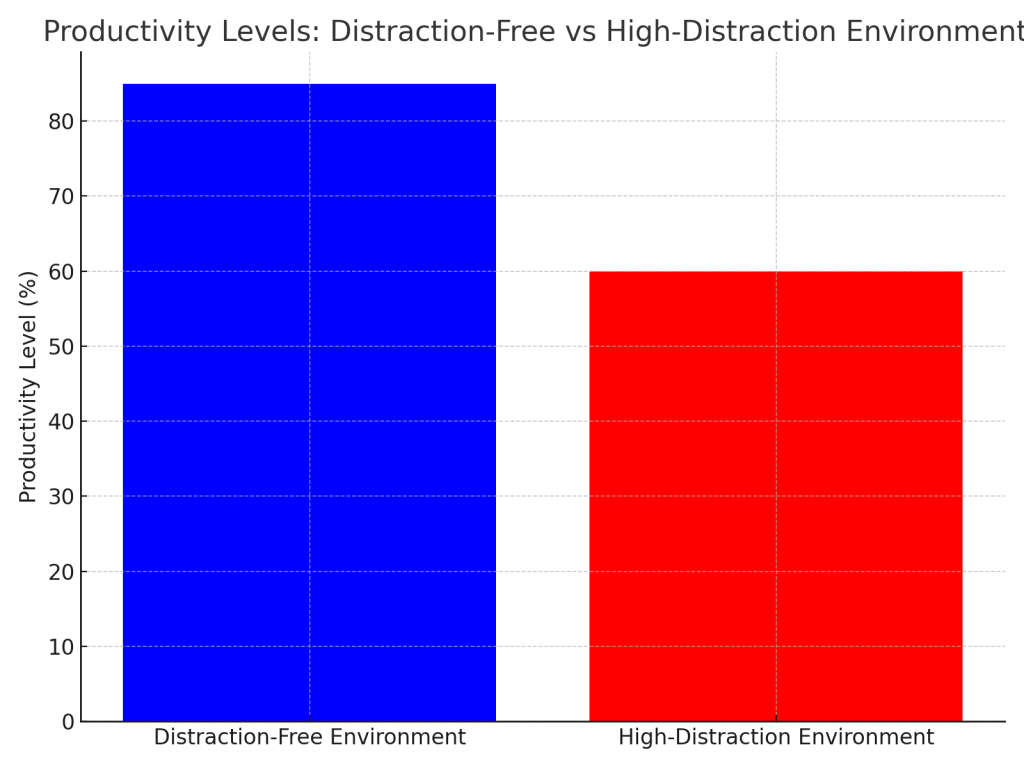Time is the most valuable resource for busy professionals, yet it often feels like there’s never enough of it. With countless responsibilities and the constant pull of distractions, effective time management is the key to staying productive and maintaining a healthy work-life balance. For professionals in Australia, where work culture places a premium on efficiency and well-being, mastering time management techniques is essential for thriving in demanding environments. In this blog, we’ll explore proven methods to optimise your time, enhance productivity, and reclaim control of your schedule.
Identify and Prioritise Your Goals
Effective time management starts with clarity. Identify what’s most important to you—professionally and personally—and set clear goals. Use frameworks like the SMART method (Specific, Measurable, Achievable, Relevant, Time-bound) to outline objectives that align with your priorities.
Once you have defined your goals, prioritise them using tools like the Eisenhower Matrix, which categorises tasks into four quadrants:
- Urgent and Important: Do these immediately.
- Important but Not Urgent: Schedule these for later.
- Urgent but Not Important: Delegate these tasks.
- Neither Urgent nor Important: Eliminate these tasks.
By focusing on tasks that truly matter, you’ll avoid wasting time on low-priority activities.
Eisenhower Matrix Summary
| Quadrant | Description | Examples |
|---|---|---|
| Urgent and Important | Tasks that require immediate attention and are critical to your goals. | Meeting a deadline, handling a crisis, addressing urgent client needs. |
| Important but Not Urgent | Tasks that contribute to long-term success but do not require immediate action. | Strategic planning, skill development, networking activities. |
| Urgent but Not Important | Tasks that demand immediate attention but have little impact on your goals. | Responding to non-critical emails, attending unimportant meetings. |
| Neither Urgent nor Important | Tasks that are neither time-sensitive nor valuable; they can be eliminated. | Browsing social media, excessive online shopping, procrastination. |
Use Time-Blocking to Structure Your Day
Time-blocking is a powerful technique that involves assigning specific blocks of time to different activities throughout your day. By dedicating uninterrupted periods to focused work, you eliminate multitasking and enhance productivity.
For example:
- 8:00 AM – 9:00 AM: Planning and prioritising tasks.
- 9:00 AM – 11:00 AM: Deep work on high-priority projects.
- 11:00 AM – 11:30 AM: Email correspondence.
- 1:00 PM – 2:00 PM: Meetings or collaborative work.
- 2:30 PM – 4:00 PM: Creative or strategic tasks.
Australian professionals working across time zones often find time-blocking particularly helpful for coordinating with global teams while maintaining balance.

Leverage the Pomodoro Technique
The Pomodoro Technique is a time management method that combines short bursts of focused work with regular breaks to maintain energy levels. The process is simple:
- Work for 25 minutes (one Pomodoro).
- Take a 5-minute break.
- After four Pomodoros, take a longer 15-30 minute break.
This technique is especially useful for professionals juggling multiple projects. Tools like Focus Booster and Pomodone App can help you implement this method effectively.
Minimise Distractions
Distractions are the enemy of effective time management. For professionals in today’s digital age, common culprits include social media, email, and excessive notifications. Combat these distractions by:
- Turning off non-essential notifications.
- Using website blockers like Freedom or Cold Turkey during work hours.
- Setting designated times to check emails and messages.
Creating a distraction-free workspace is also critical. For remote workers, this might involve a dedicated home office, noise-cancelling headphones, or apps like Noisli to create a focused environment.
Graph Placement Suggestion

Delegate and Automate Tasks
Delegation and automation are vital for maximising your time. Delegation involves assigning tasks to team members who are better equipped to handle them, freeing you to focus on higher-value activities. Automation, on the other hand, involves using technology to streamline repetitive tasks.
For example:
- Use Zapier or IFTTT to automate workflow processes.
- Employ tools like HubSpot for automated email marketing.
- Set up calendar tools like Calendly to automate meeting scheduling.
By letting go of tasks that don’t require your direct involvement, you create more time for strategic and creative work.
Conclusion
Time management is an indispensable skill for busy professionals striving to balance their responsibilities and achieve their goals. Techniques like goal prioritisation, time-blocking, the Pomodoro Technique, and minimising distractions can help you work smarter, not harder. By delegating and automating where possible, you can free up valuable time to focus on what truly matters. Start implementing these strategies today to take control of your time and unlock greater productivity and success.

Leave a Reply